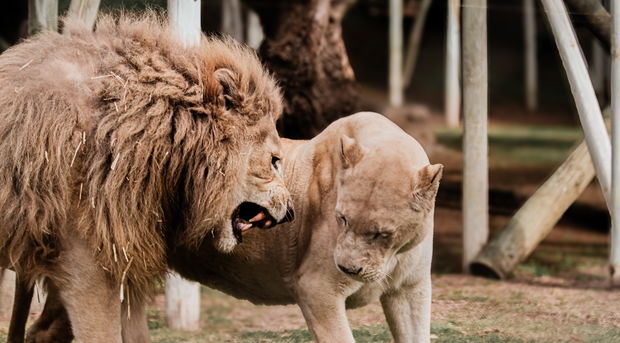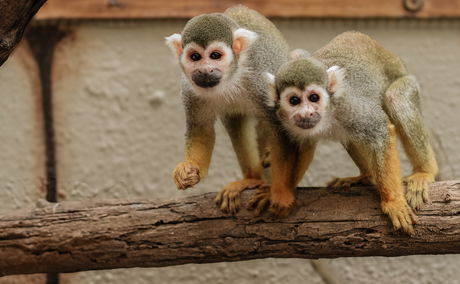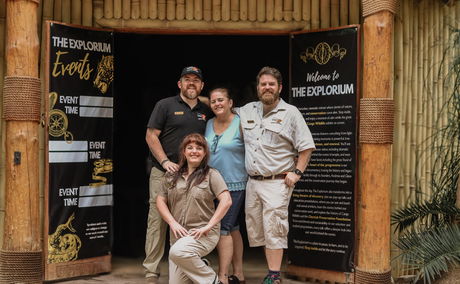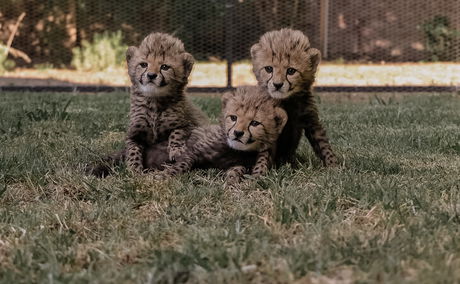We are thrilled to share that our Squirrel Monkeys are now officially on display in their purpose-built habitat, Saimiri Ruins, marking the culmination of a journey that has been years in the making. Early on the morning of Tuesday, 22 December, the radio call finally came through: “Attention all stations, attention all stations. We will now move the Squirrel Monkeys to their new habitat.”
World Lion Day

Lions are among Africa’s most iconic predators, yet their future is far from secure. These social cats live in prides that work together to hunt, defend territory, and raise their young. In the wild, they play a vital role in keeping ecosystems balanced by controlling herbivore populations, which allows vegetation to recover and supports many other species. Over the past century, lions have lost more than 90 percent of their historic range. Today, an estimated 20 000 to 25 000 remain in the wild in Africa, with about 670 Asiatic Lions surviving in India’s Gir Forest. Their numbers continue to decline due to habitat loss, human-wildlife conflict, and illegal hunting.
World Lion Day, marked on 10 August, is a reminder that these animals need protection. By supporting conservation efforts that safeguard wild species and wild environments, you help ensure that future generations will still hear the powerful sound of a lion’s roar. Tribe and Sindile, our much-loved lions, are more than impressive animals to admire. They are ambassadors for their species, helping us educate over 100 000 visitors each year. For many, especially the countless schoolchildren who visit, it is their very first time seeing a lion. We believe that such moments are invaluable - igniting lifelong respect for the animals and a deeper desire to protect them.
Did you know?
A lion’s roar can be heard up to 8 kilometres away, and a pride’s roar chorus at dawn or dusk can make it sound like there are more lions than there really are, helping to deter rivals.
A male’s mane not only protects his neck during fights, but its size and colour can signal his health and strength to other lions.
Female lions do most of the hunting, but males defend the pride’s territory from intruders.
Lions can sleep for 16 to 20 hours a day to conserve energy for hunting and patrolling.
Cubs are born with spots on their fur, which fade as they grow older.
Lions once roamed across Africa, Europe, the Middle East, Asia, and the Americas; today they occupy less than 10 percent of that historic range.
In the wild, lions usually live for 10 to 14 years, but in protected environments they can live into their twenties. Tribe and Sindile are thriving at the impressive age of 19.
Further Reading
Earlier this week, we quietly opened the doors to something new at Cango Wildlife. Tucked away from the bustle of pathways and enclosures, The Explorium is a small space with a big purpose. It is a place to pause, reflect, and connect more deeply with who we are and why we do what we do.
Over the past month, births, rescues, rehabilitation efforts and on-site projects have brought renewed life and purpose to Cango Wildlife, making this festive season a powerful reminder that the most meaningful celebrations are often marked by new life and second chances. A baby boom has swept through the facility, and as Christmas has passed and the year draws to a close, these arrivals stand as a symbol of hope, care and continuity...
















Share This Post